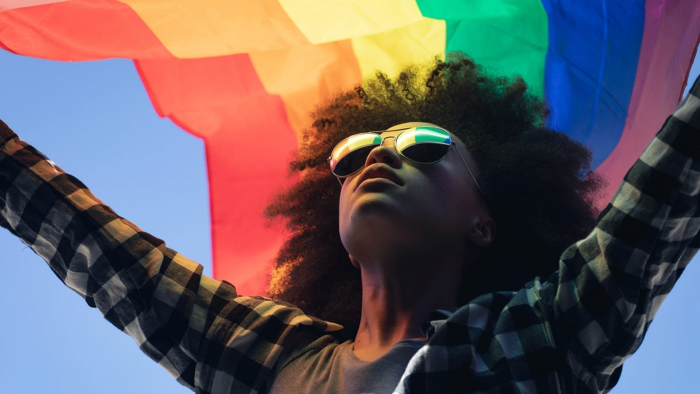What’s Beyond Pride Month? Black Pride.

By Derrick Clifton
Black LGBTQ people have always been here.
Marsha P. Johnson, in part, led the 1969 uprising at New York’s Stonewall Inn, an act of resistance to police repression of LGBTQ people. Author and activist James Baldwin delivered fiery, prescient writing and commentary on the state of society and politics. Bessie Smith sang the blues as a pioneer of the genre, and was known to be bisexual.
But many White and mainstream LGBTQ spaces, even during Pride Month in June, don’t incorporate Black LGBTQ and same-gender-loving (SGL) culture into the music they play, the films they feature, or the heroes they herald. That’s one reason why the term “same-gender loving” was coined by activist Cleo Manago as an affirmation of LGBTQ community members of African descent that exists outside traditional White definitions and experiences of being gay and lesbian. Historically, Black LGBTQ and SGL people have been routinely silenced, ignored, erased, or tokenized by their White LGBTQ counterparts, and they often experience similar indignities from Black heterosexual and cisgender people.
As such, Black LGBTQ and SGL people did what an oppressed community often does: They carved out spaces for themselves, including Black Pride celebrations each year. These celebrations typically occur in places such as Harlem, New York; Little Rock, Arkansas; Milwaukee; and Boston during or right after Pride Month.
